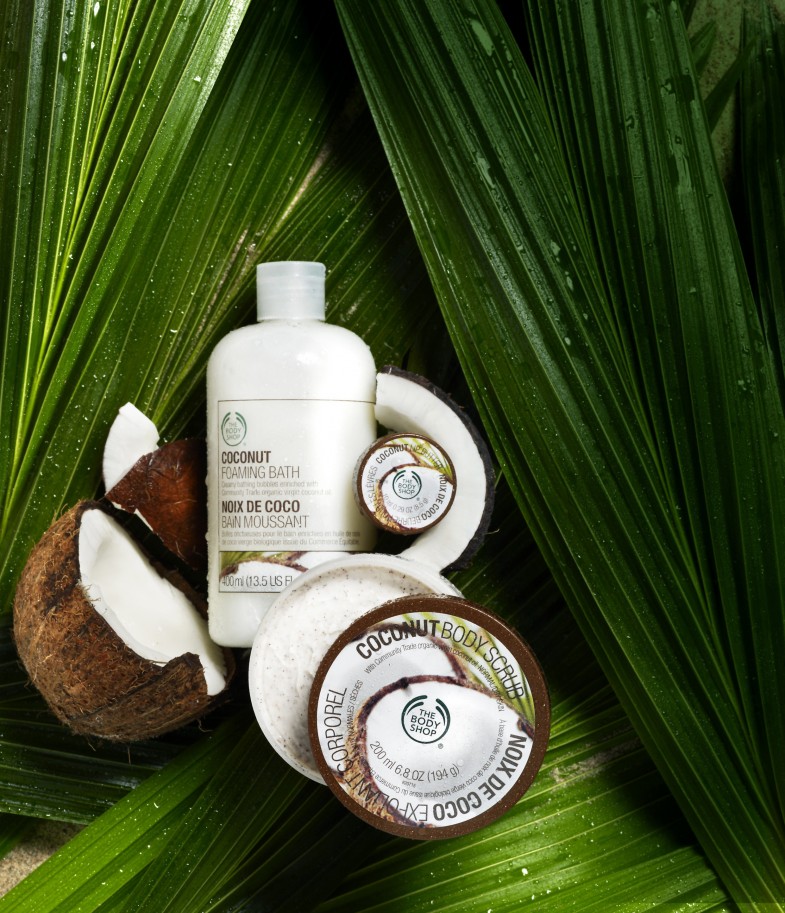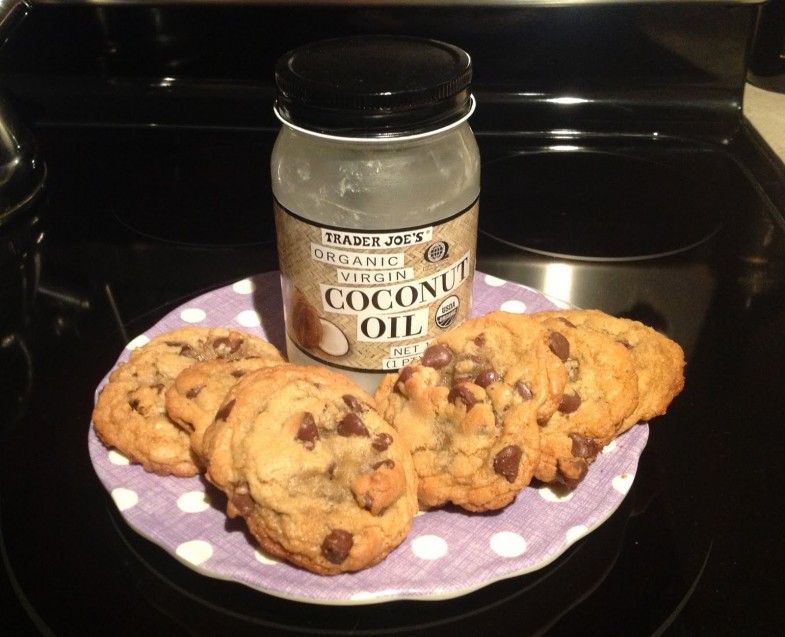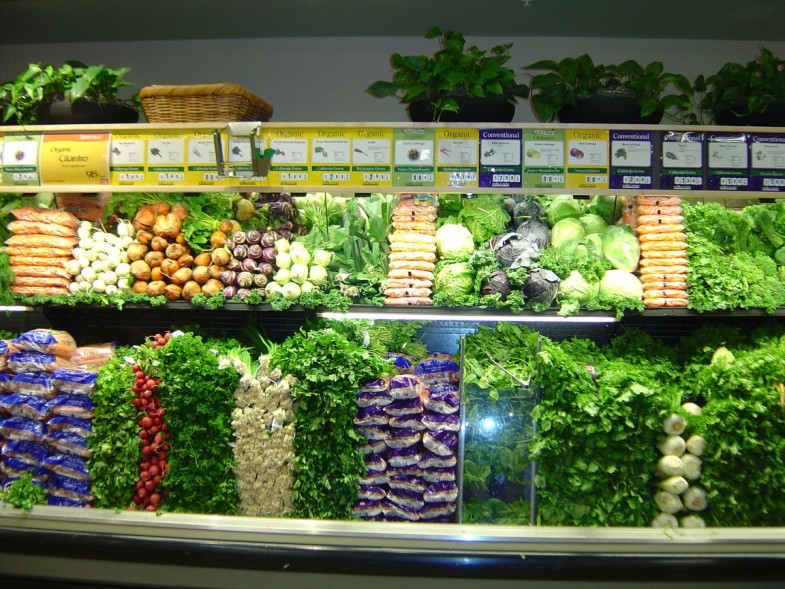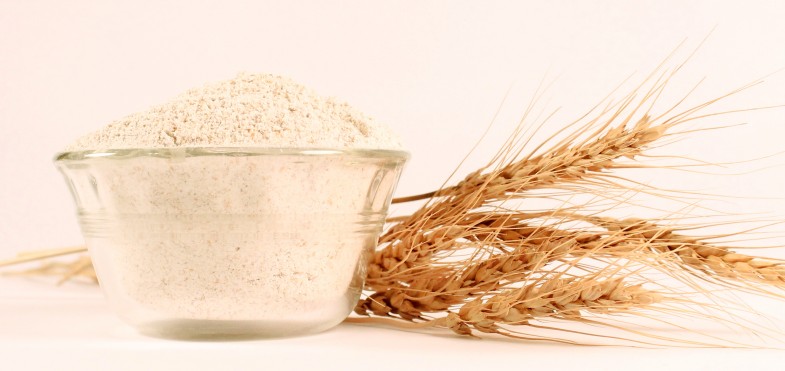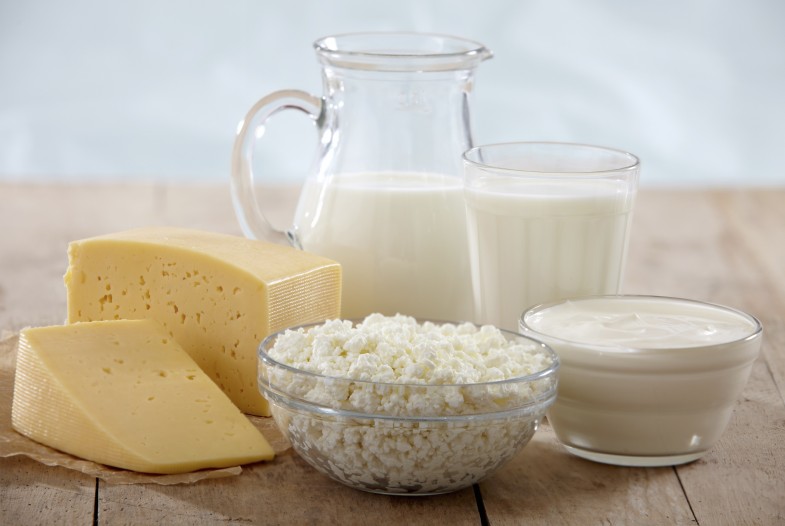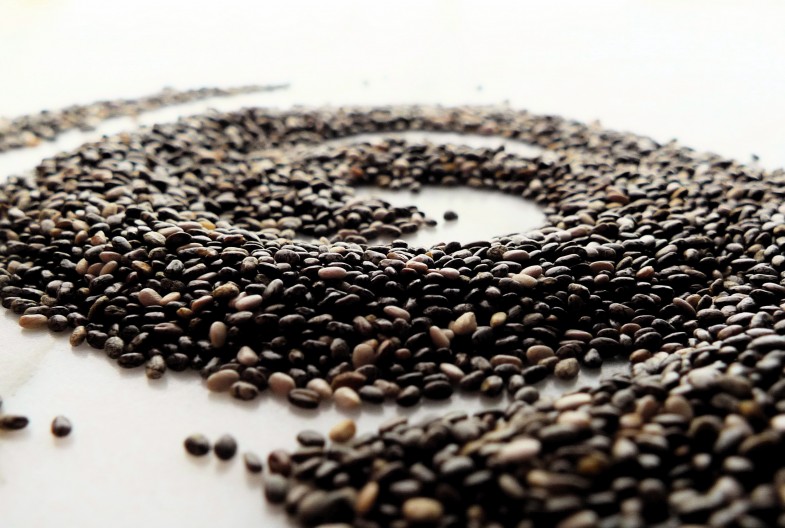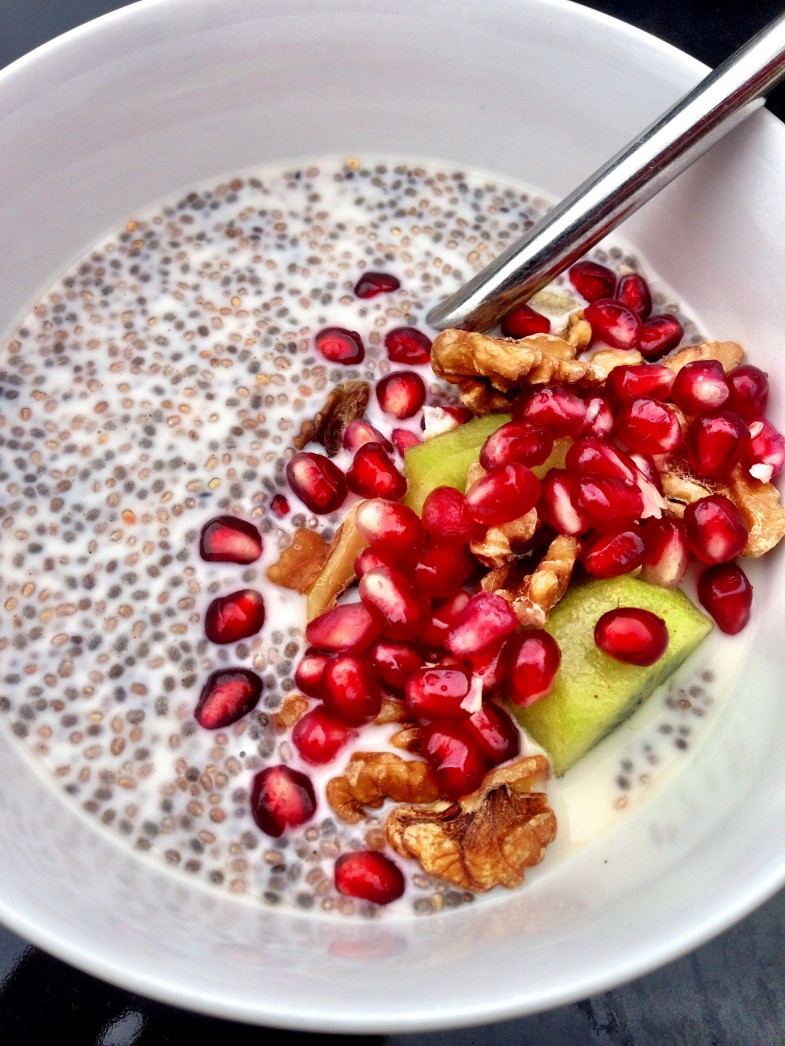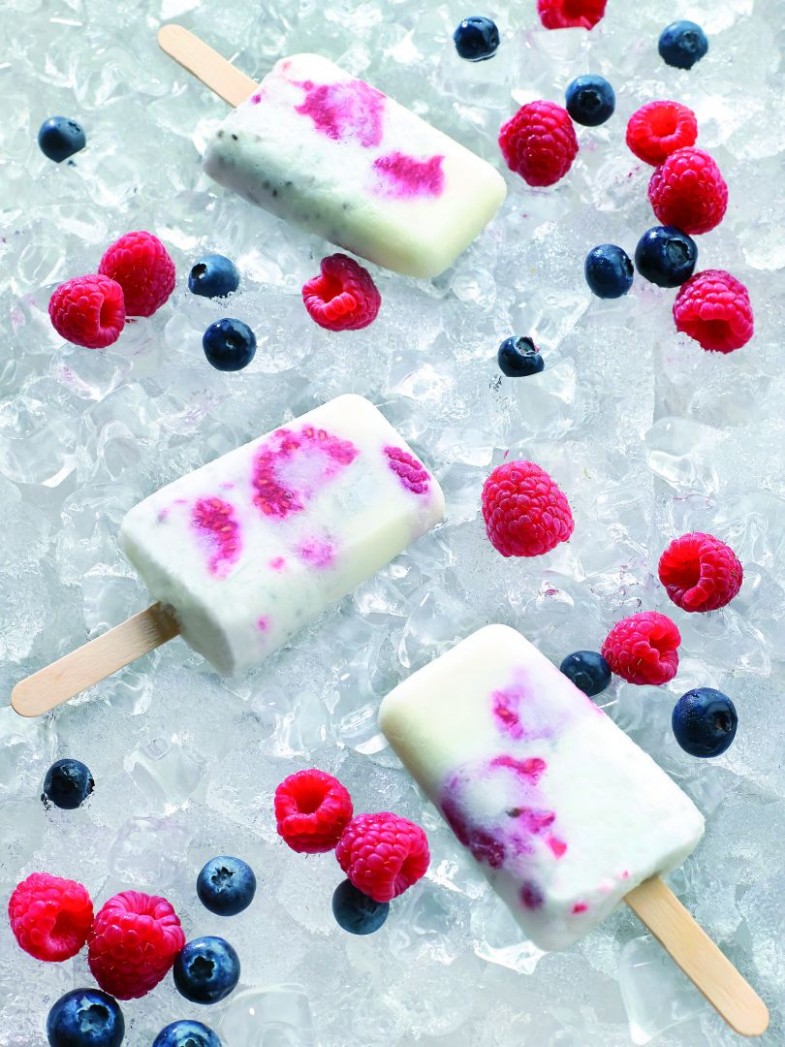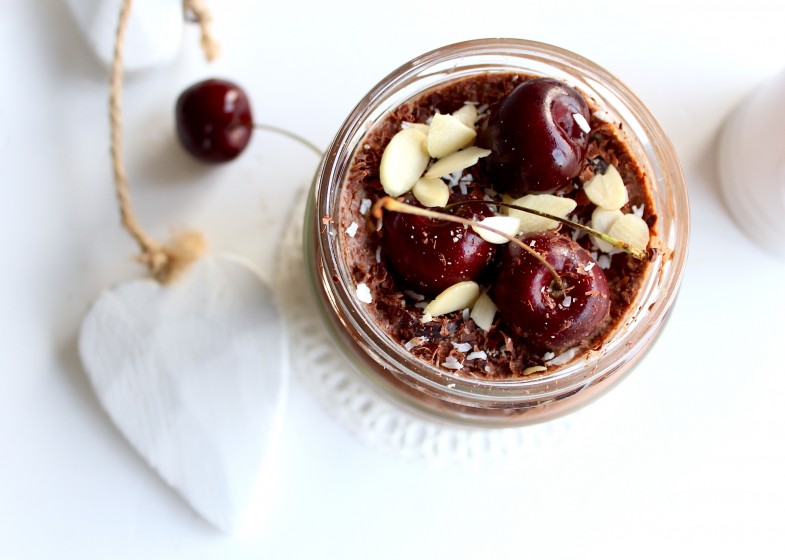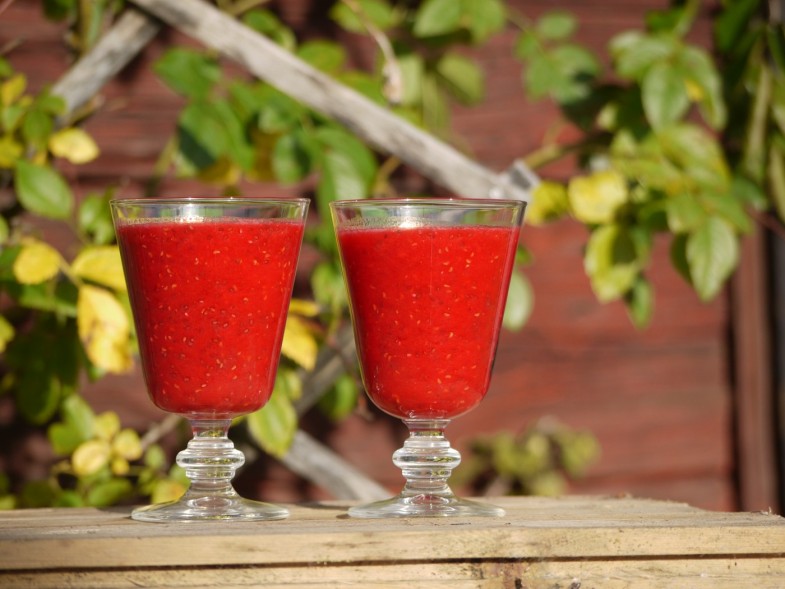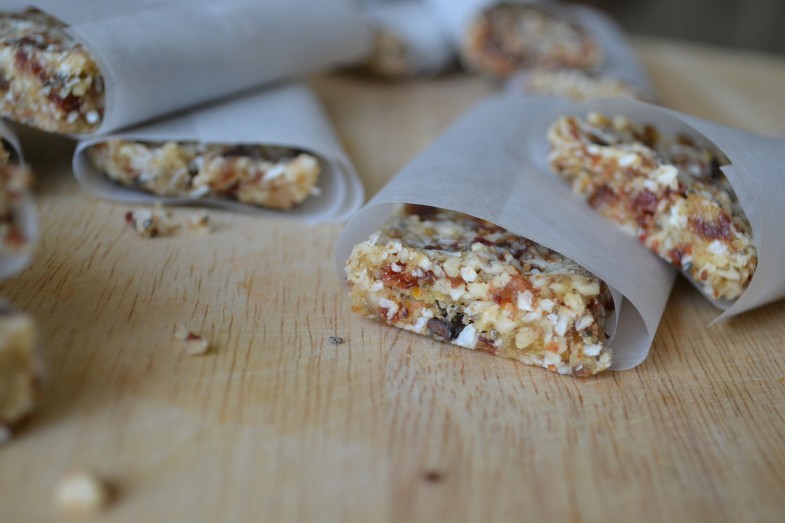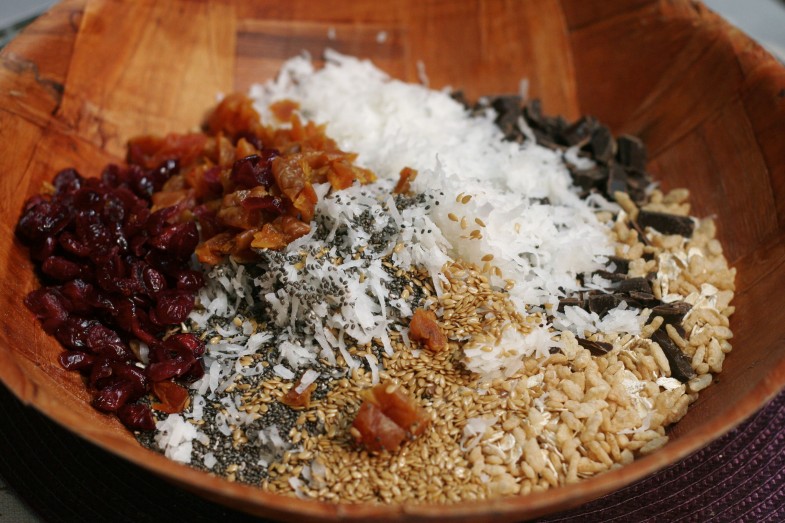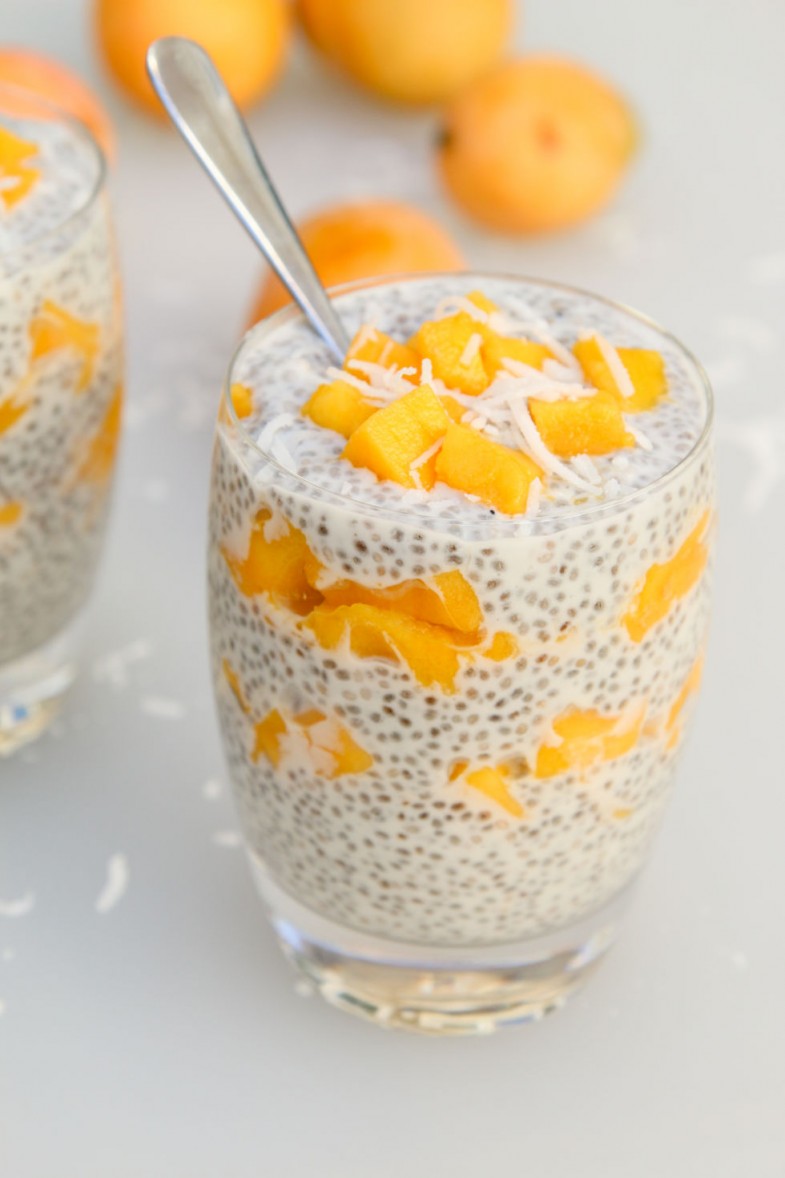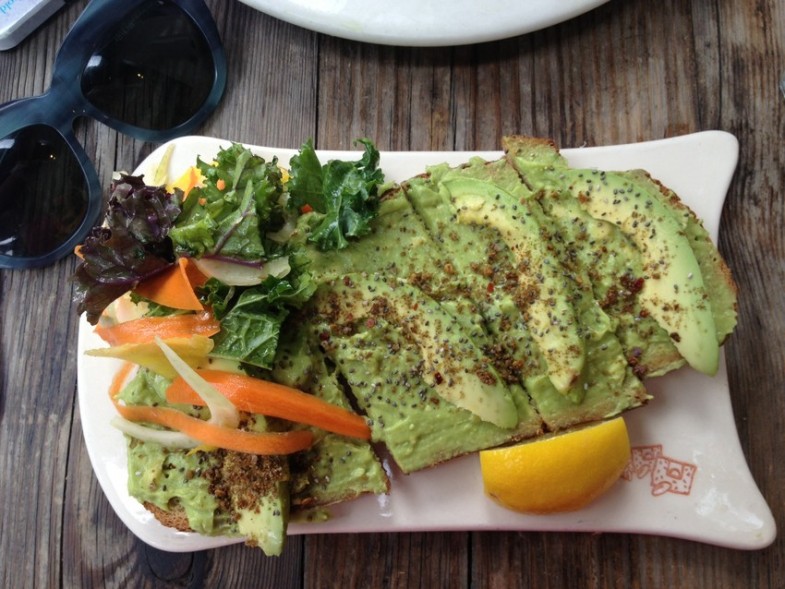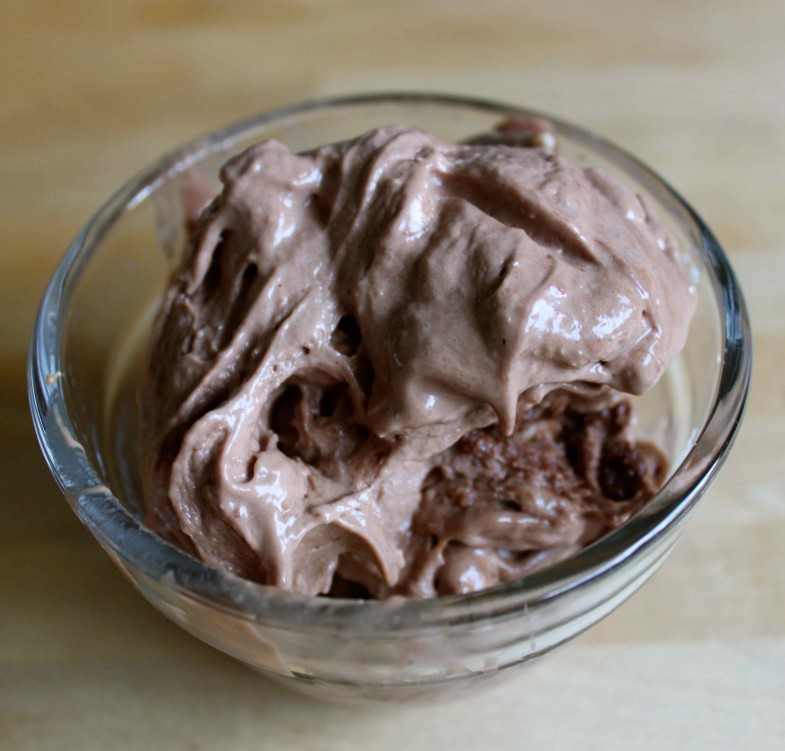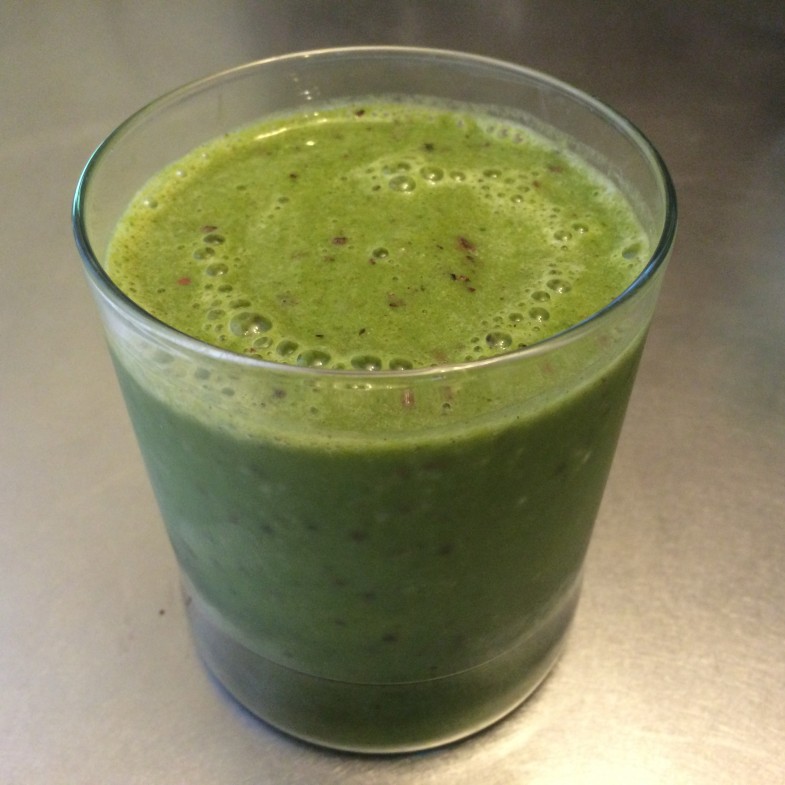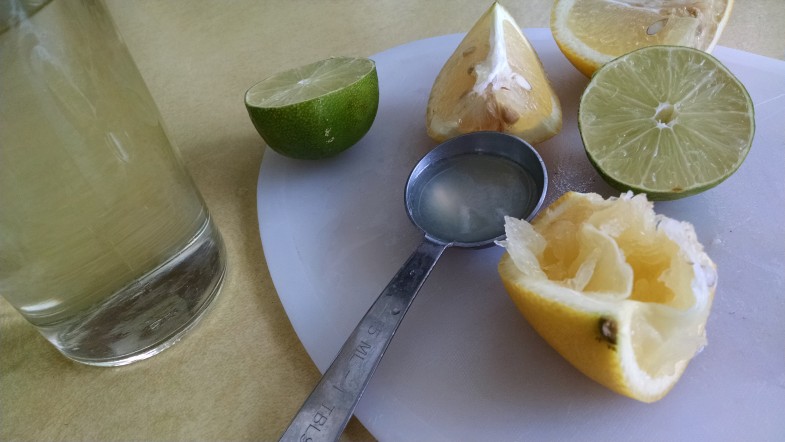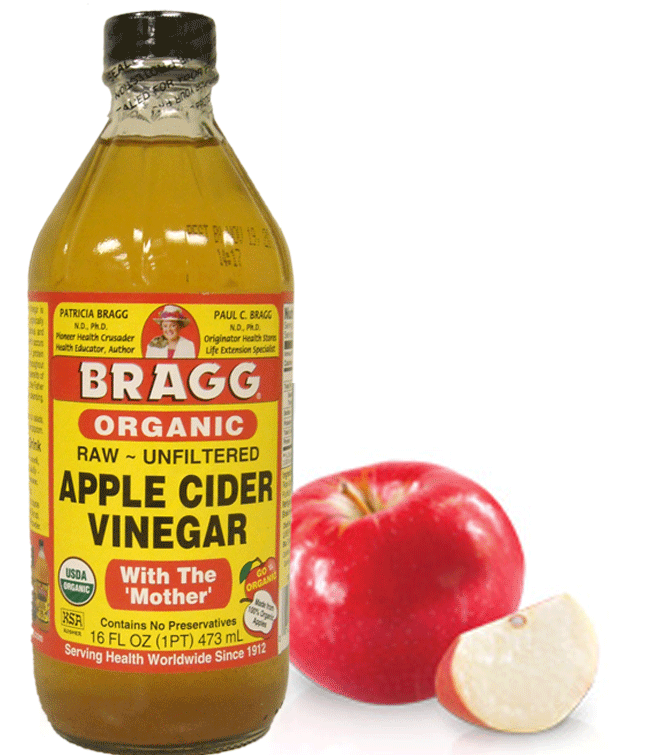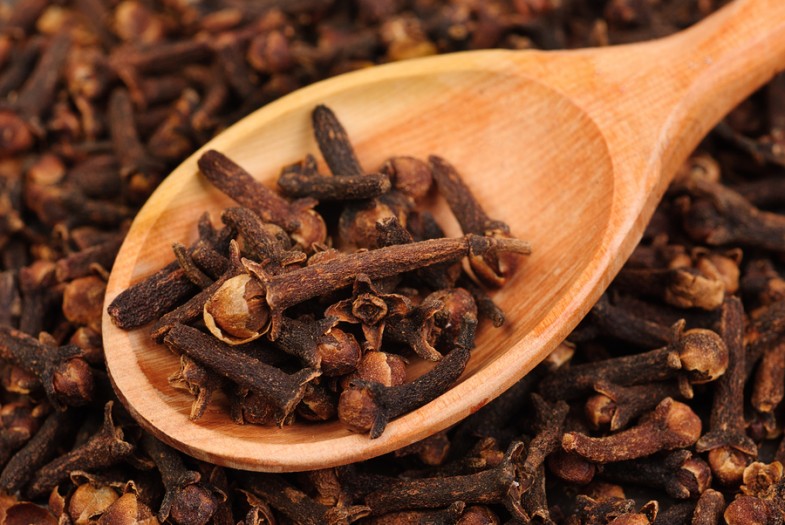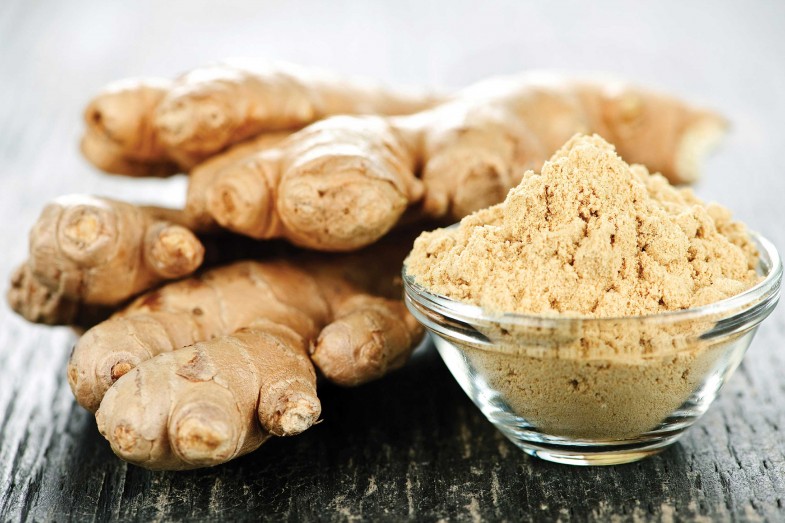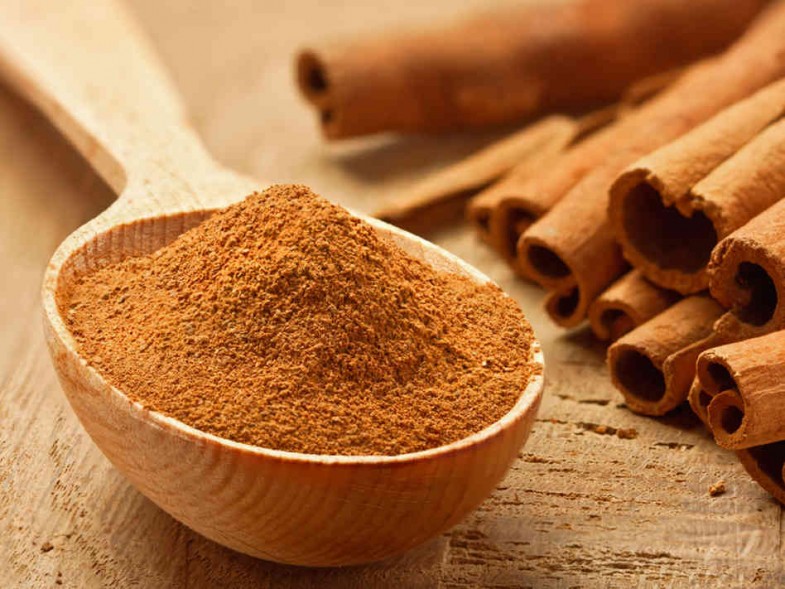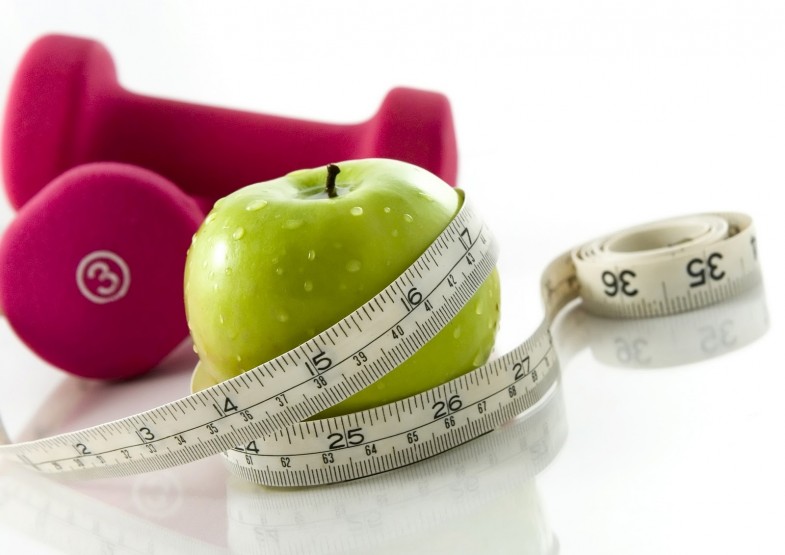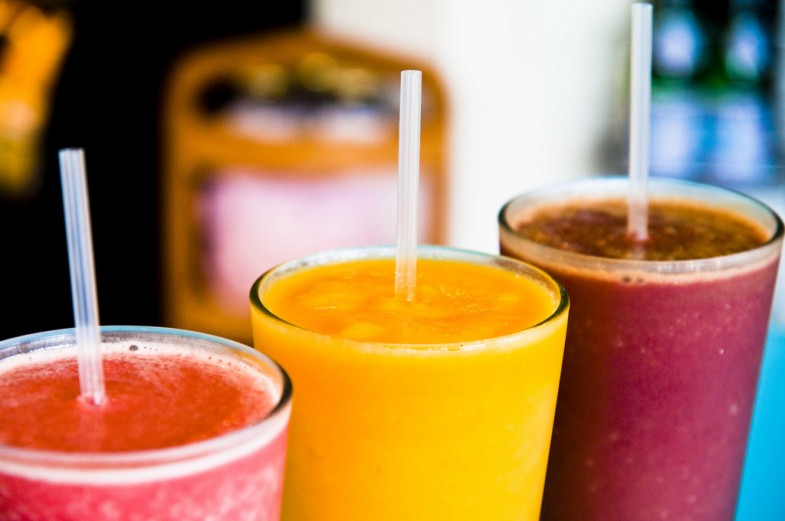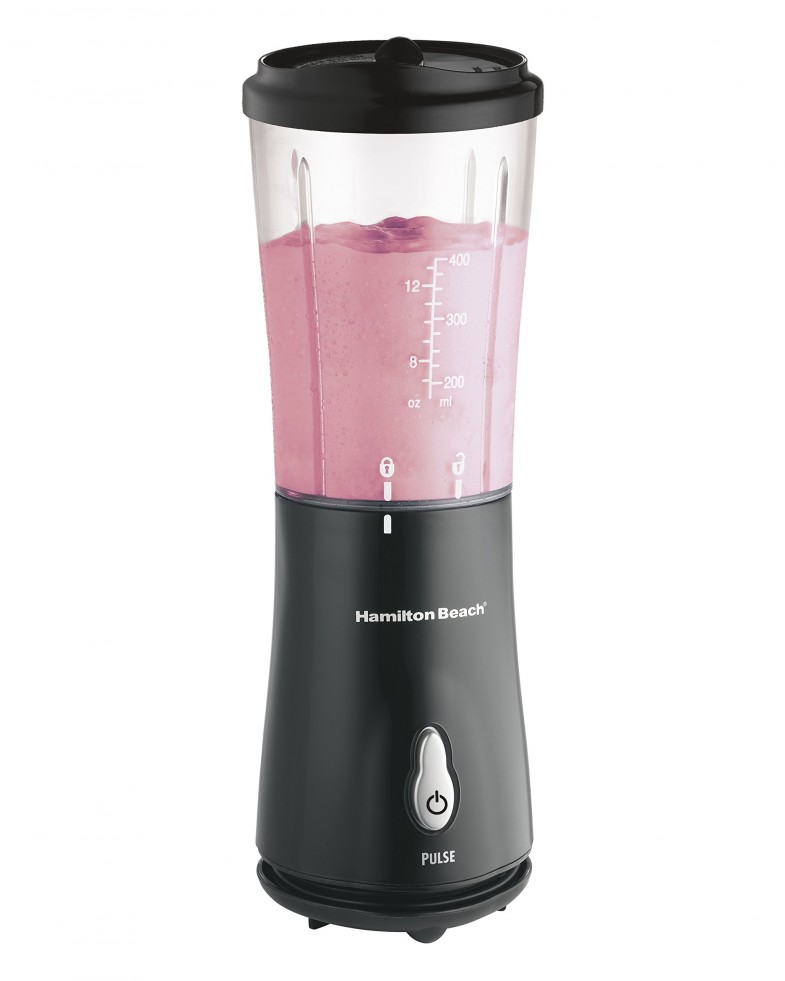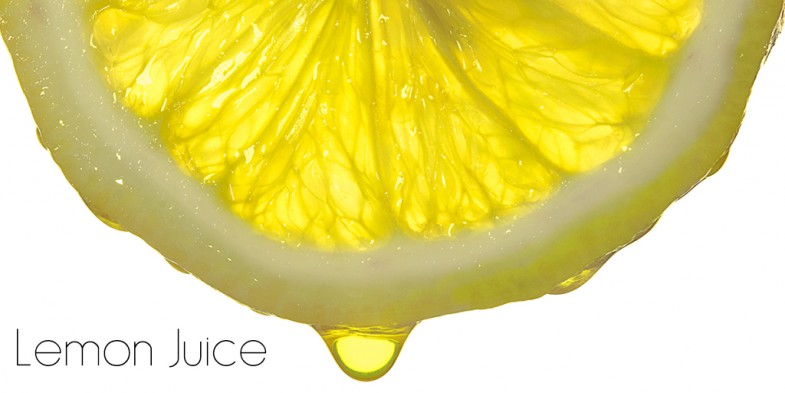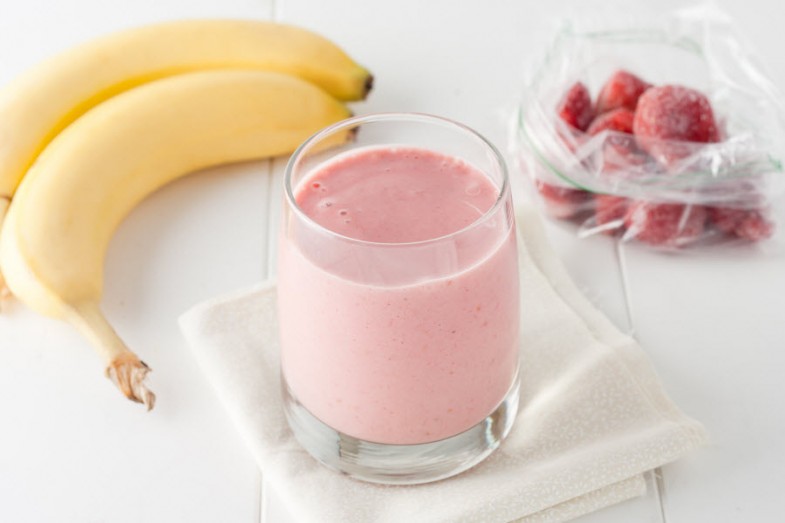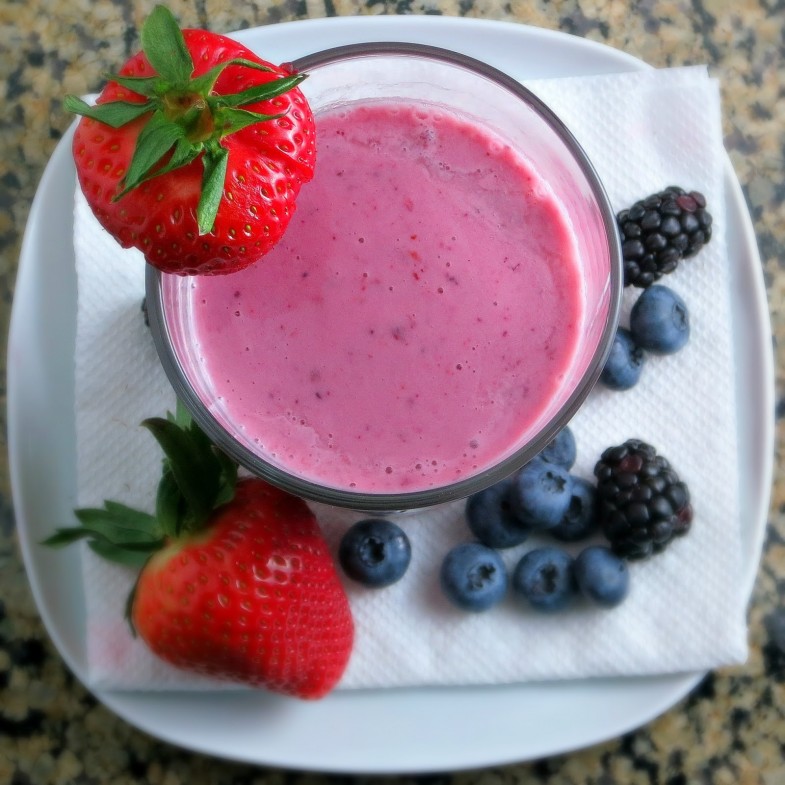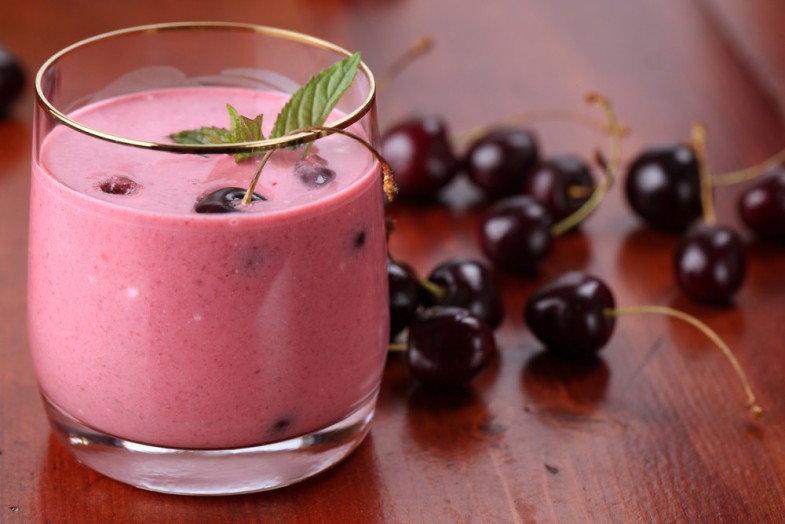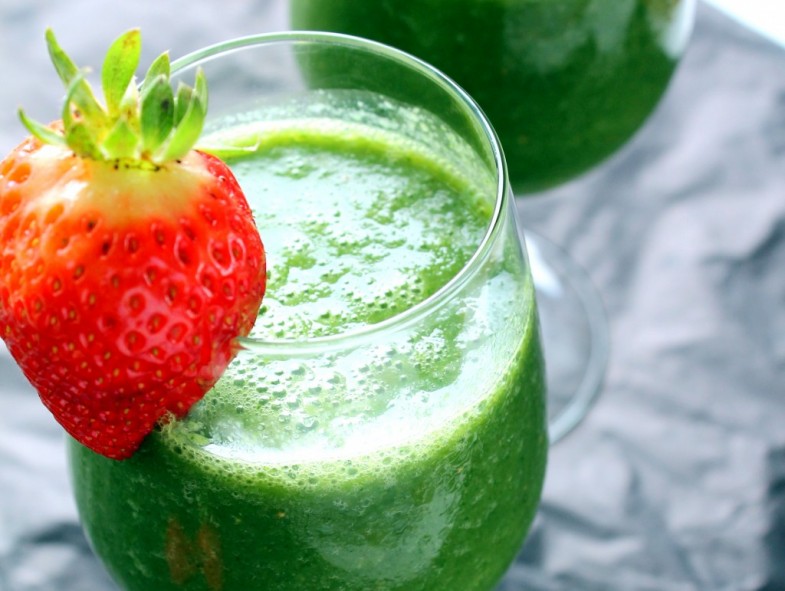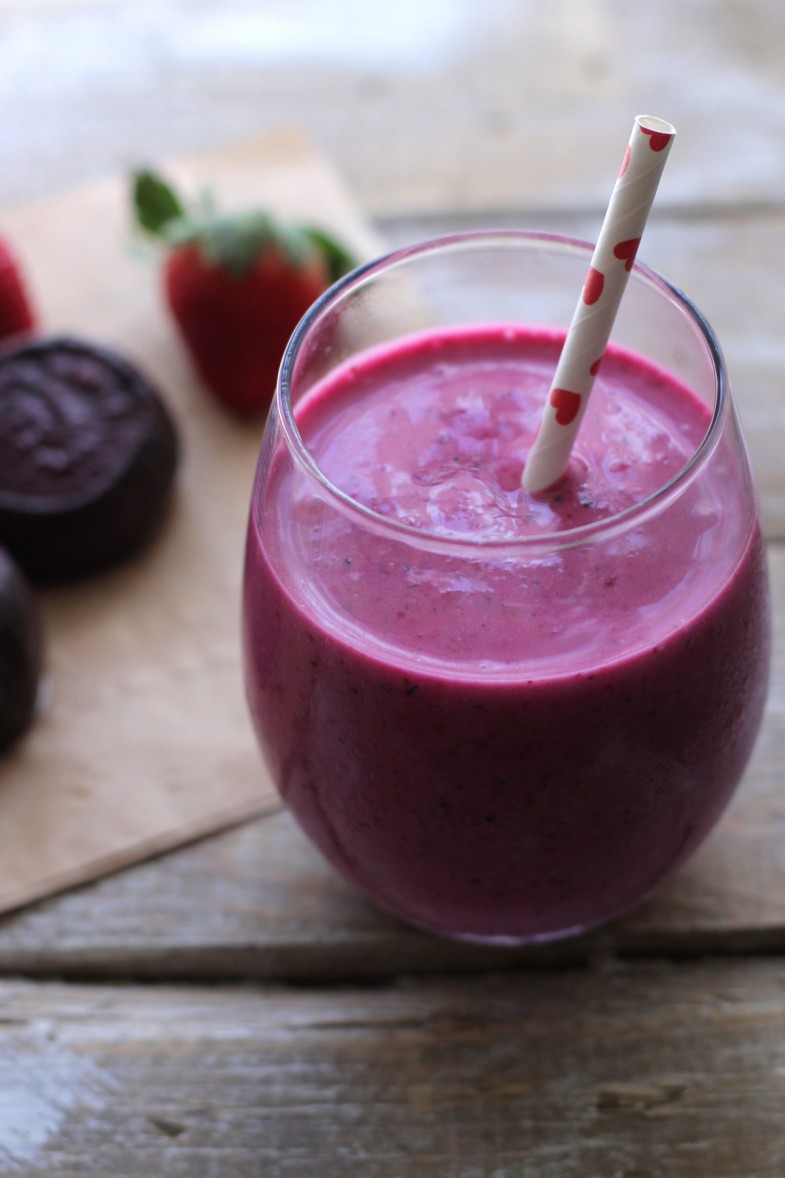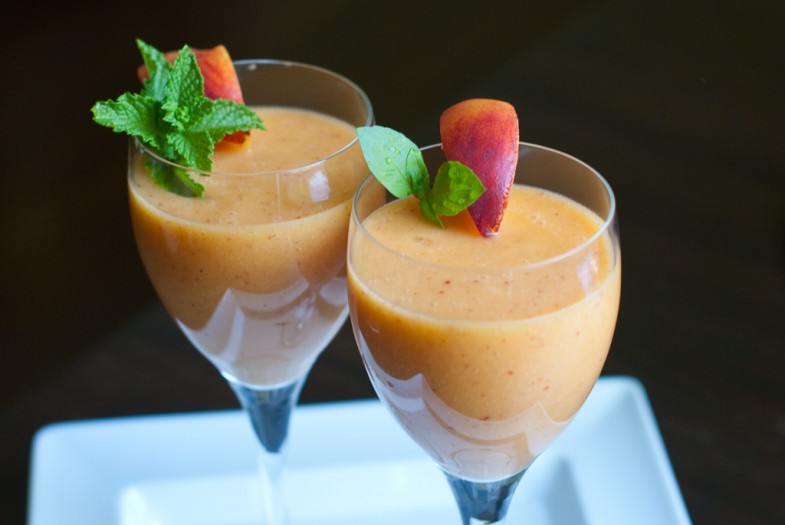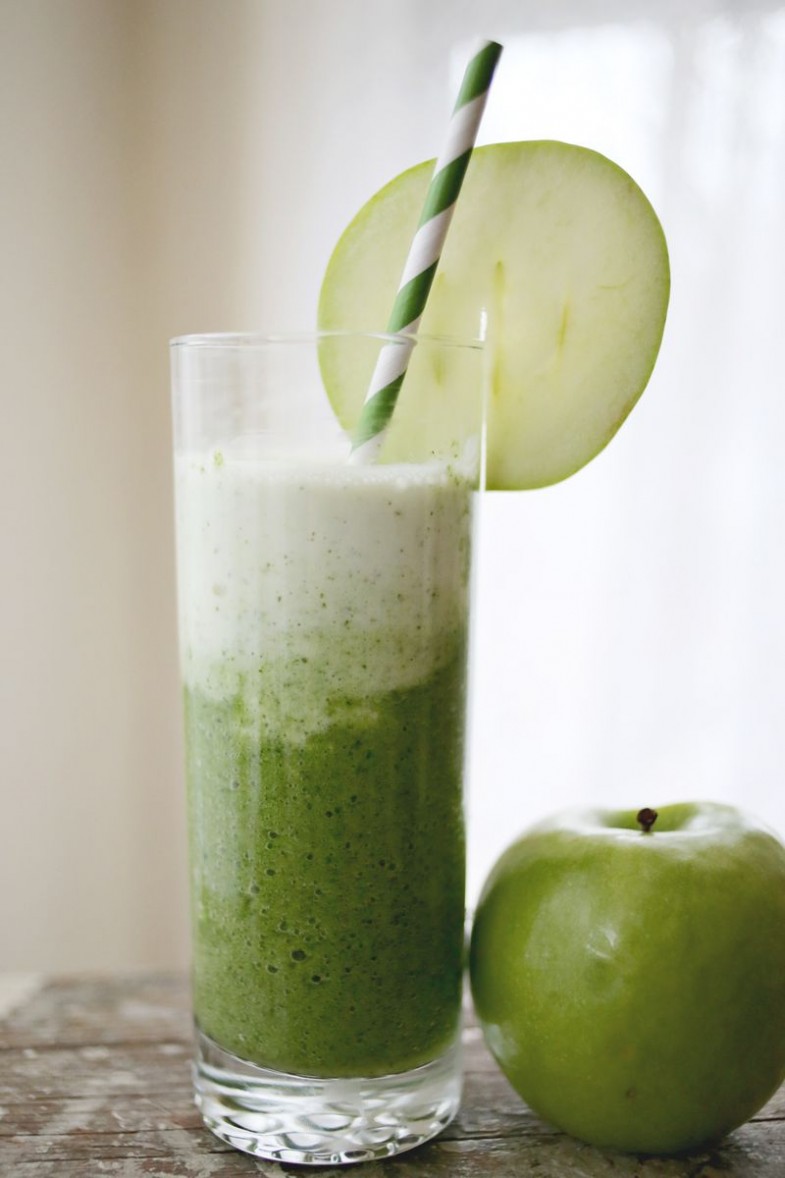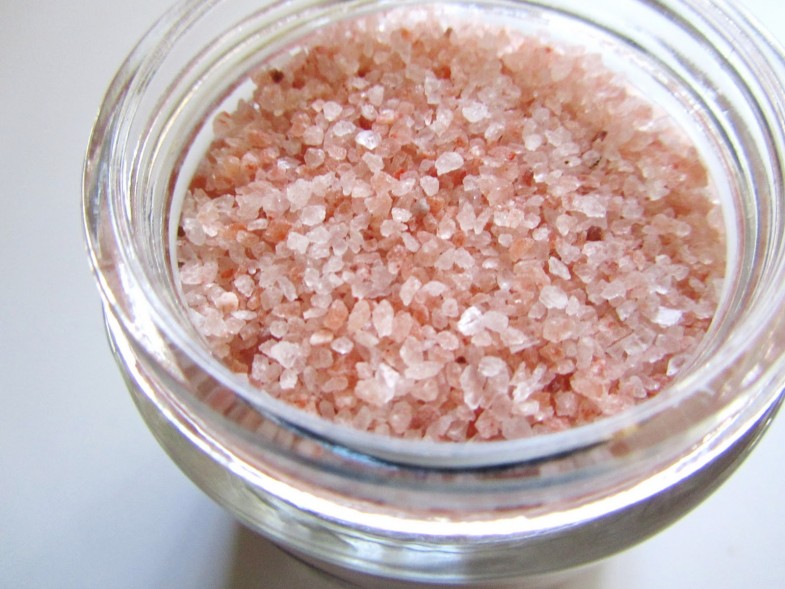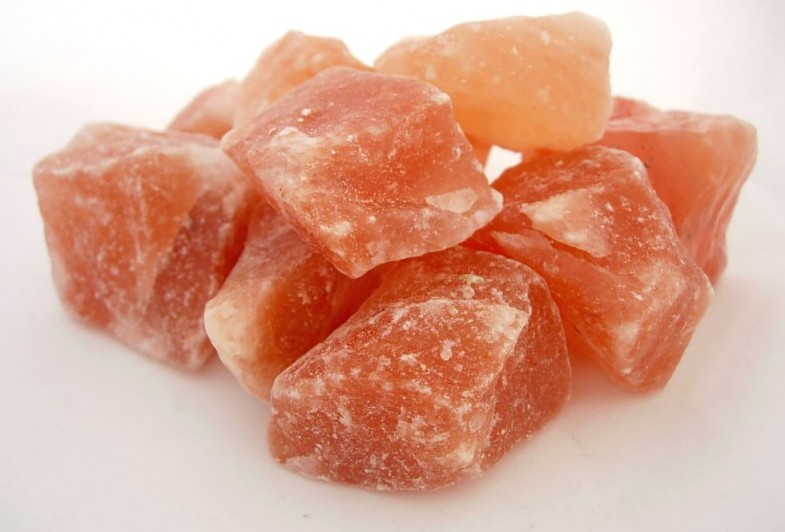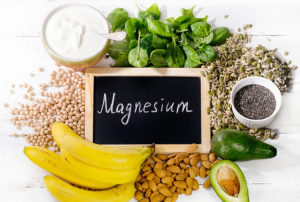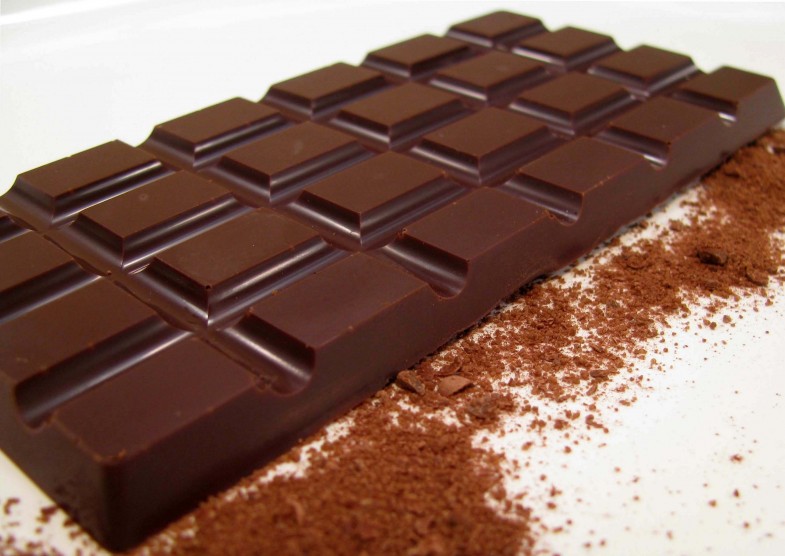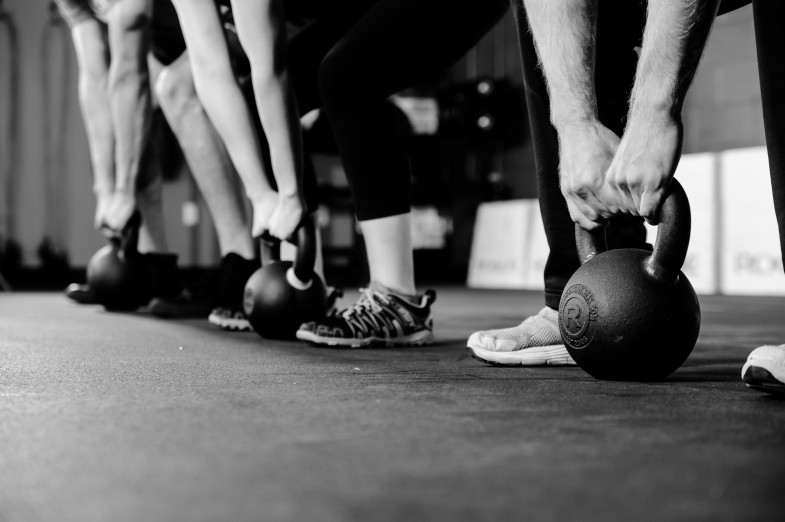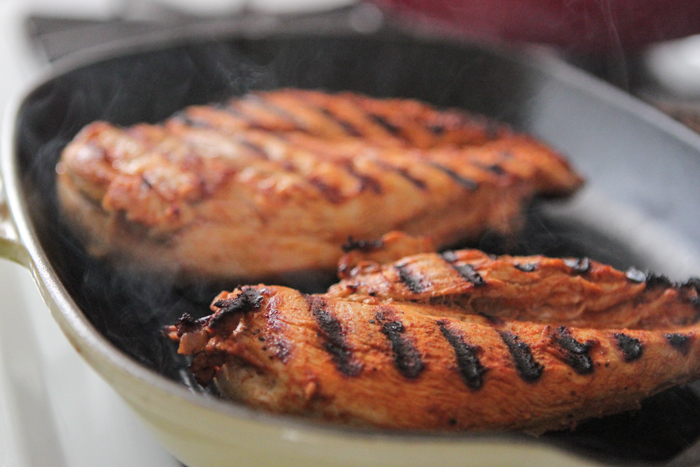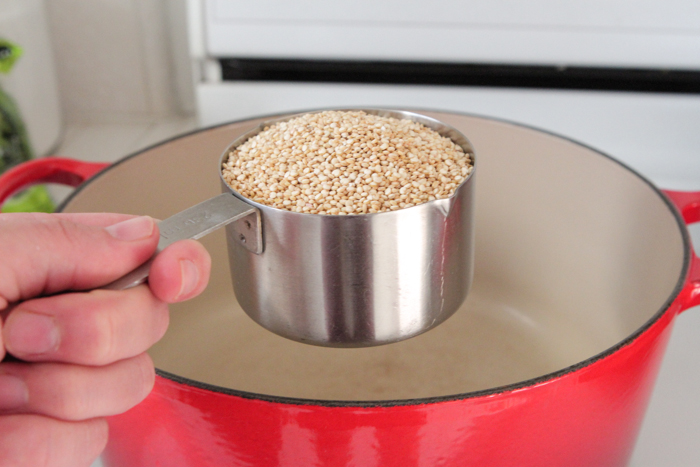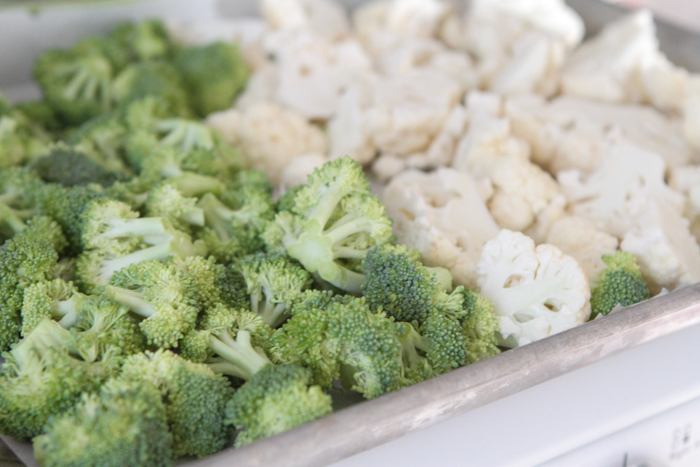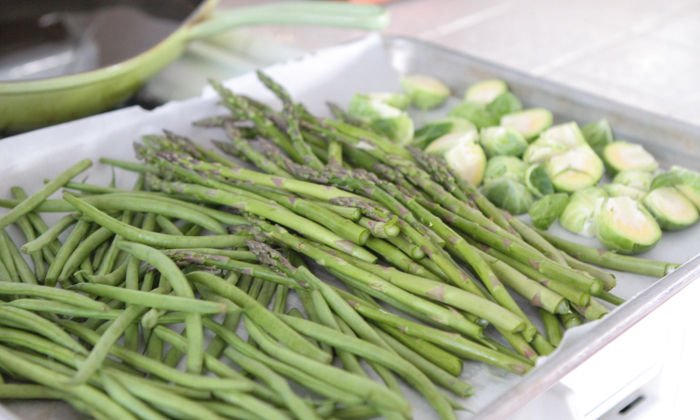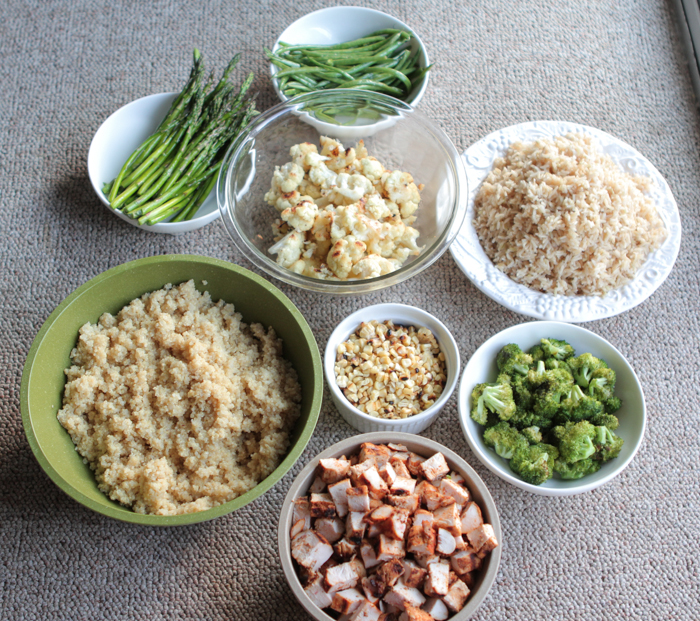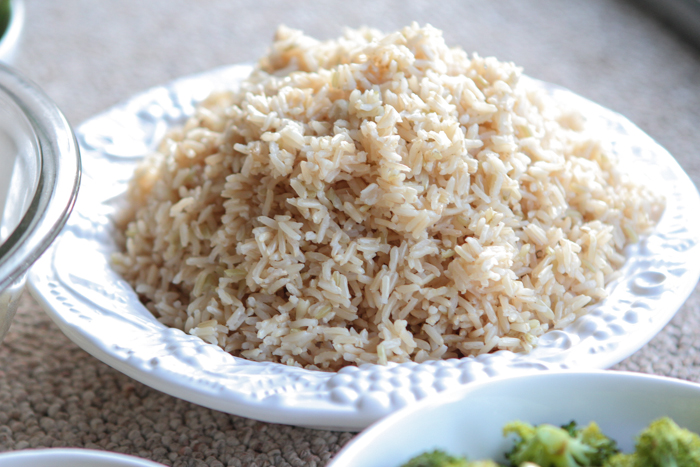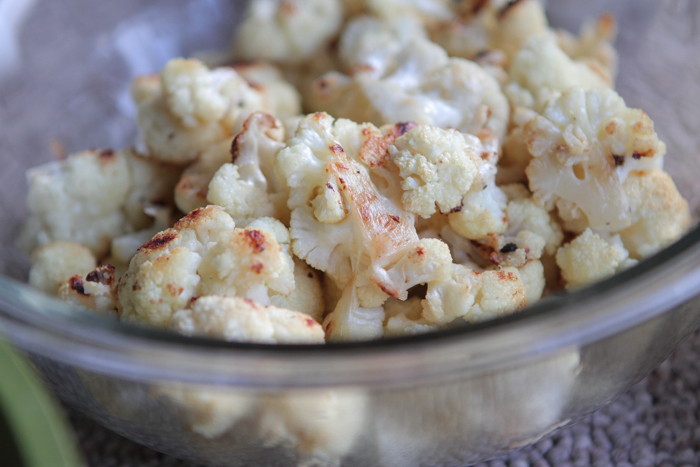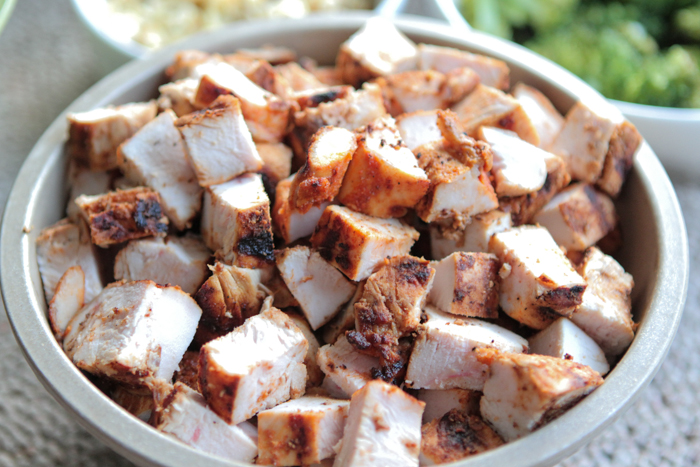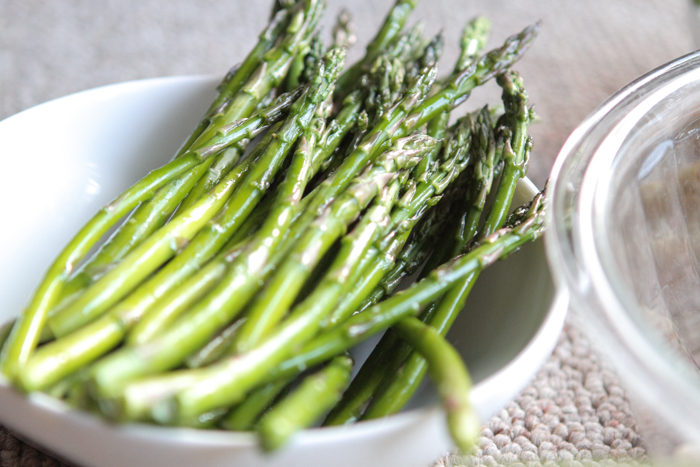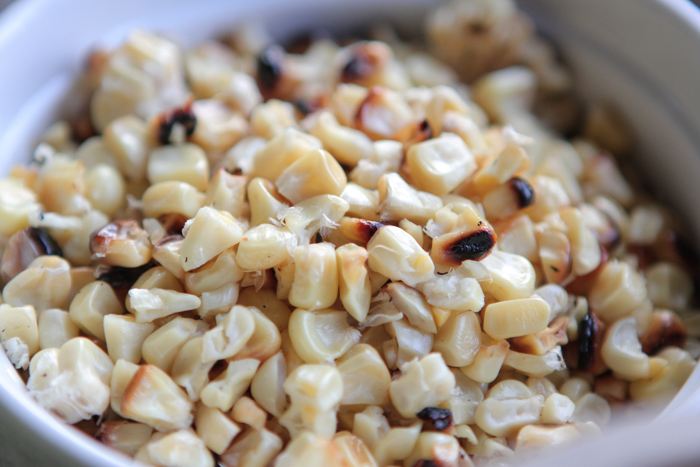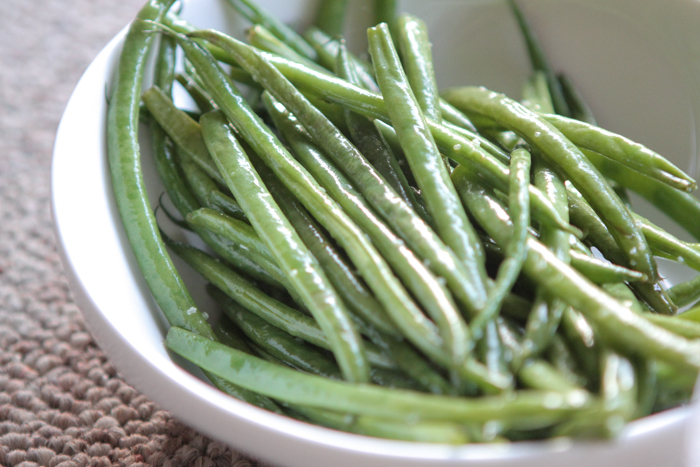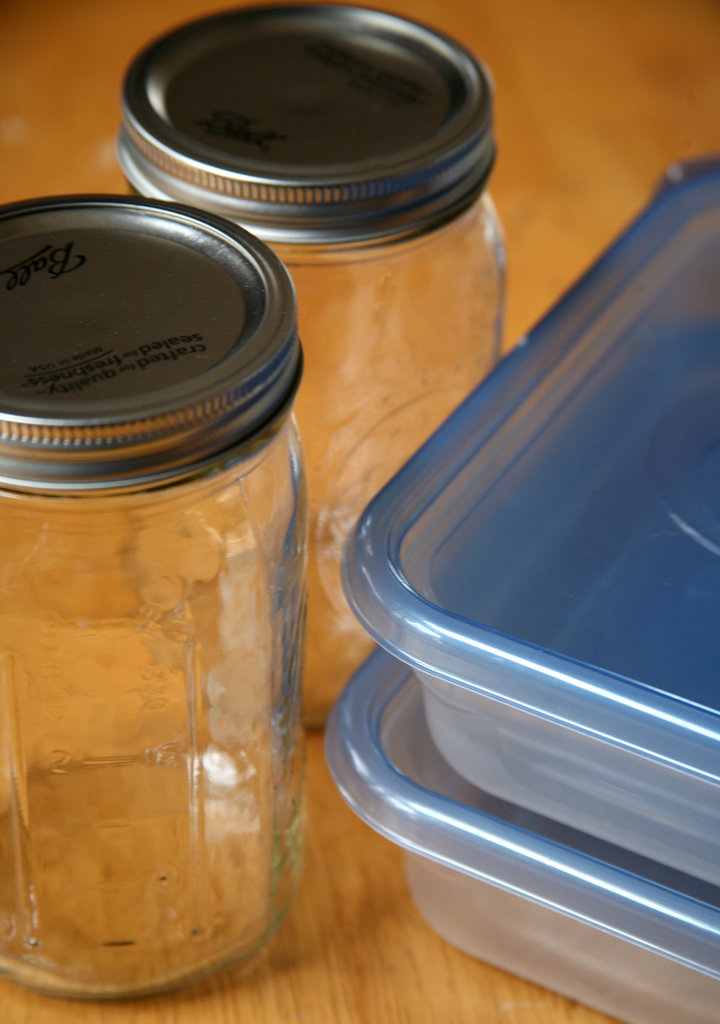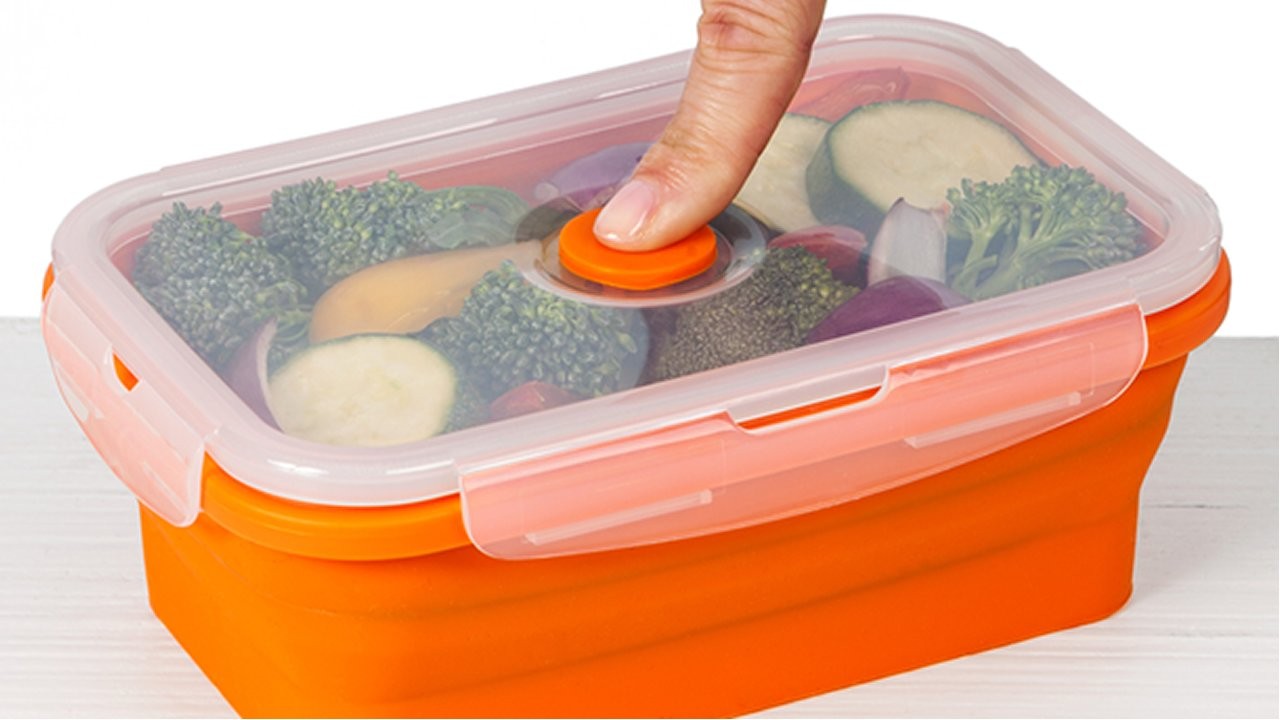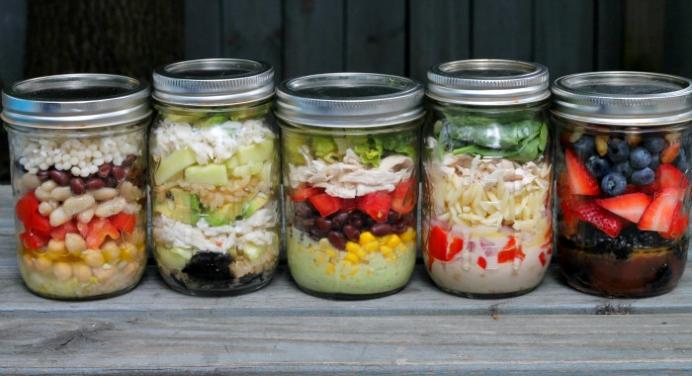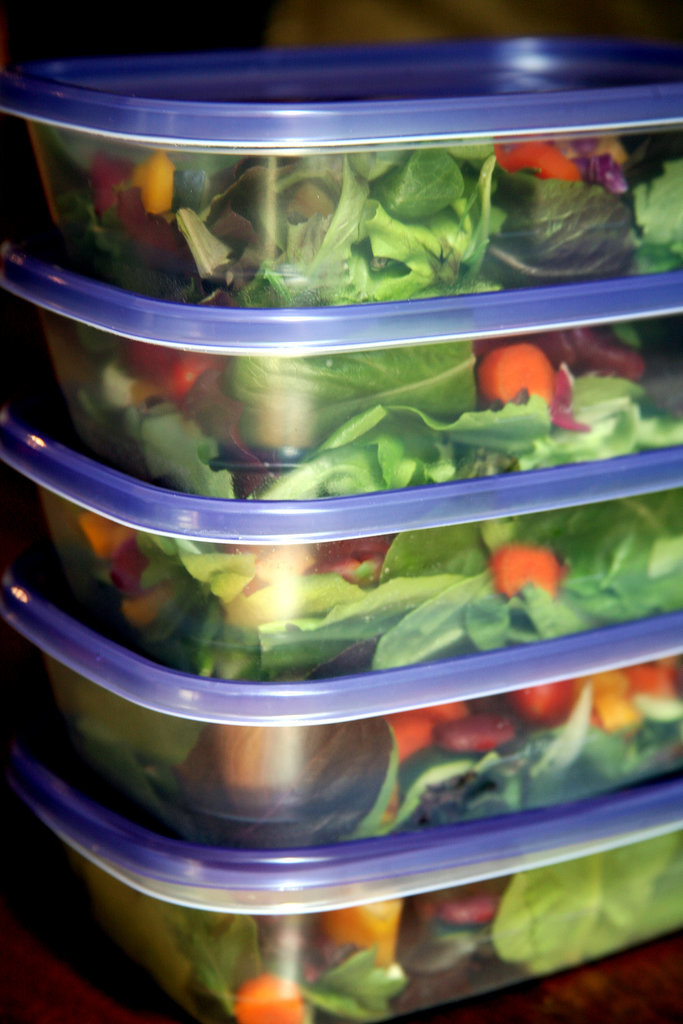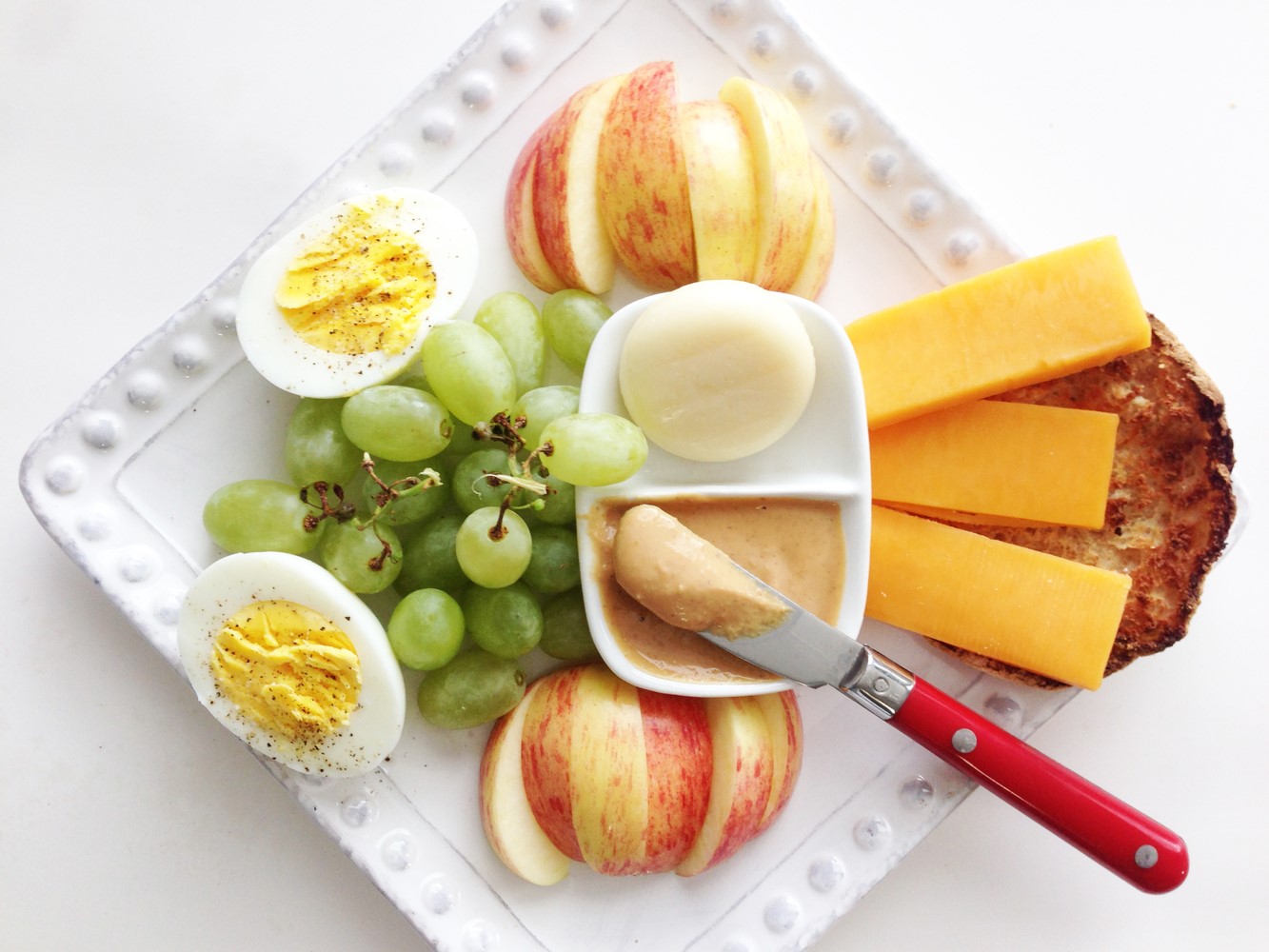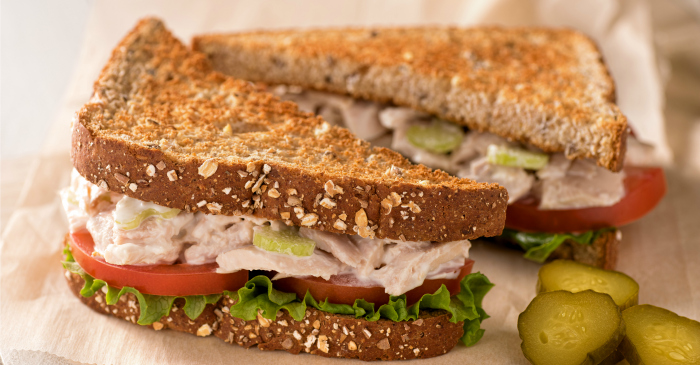There’s been a lot of hype about coconut oil lately, and there are so many claims being made that it sounds nothing short of a miracle. Well it’s really not a cure-all, and what works for other people may not work for you, but it still is pretty dandy to have around. With a little bit of resourcefulness and a dash of creativity, you can find over one hundred everyday uses for coconut oil.
1. Moisturize Your Skin: The very first thing on this list, before even delving into the “edible” benefits of coconut oil, has to be moisturizing. In lieu of your regular lotion, coconut oil delivers a refreshing, healing, burst of moisture that penetrates your skin and works to truly heal it (not just soak in and dry up!) It can feel oily at first, but that’s why it’s important to only use a little-it goes a long way. Give it a minute and it will dry beautifully. Use as you would regular lotion.
2. Conditioner: When the teeny tiny overlapping plates that make up our outer hair shaft get rumpled and out of whack, coconut oil is there to smooth those tiny little cells right back into place, and hold them there. You can use it on your entire scalp/head for deep conditioning, but you can generally just use it on your ends, where it’s the hardest for the body’s natural oils to reach, and where the most breakage occurs.
3. Weight Loss: Coconut oil and weight loss-what’s really going on? Well, if you sit around eating coconut oil, you aren’t going to lose weight. However, if used to substitute other fats, it can help you drop the pounds by taking the place of those other calories. Unlike most saturated fats, it’s mainly comprised of medium chain fatty acids, versus long chain fatty acids. This difference in molecular structure means that it doesn’t get packed away as fat as easily and instead is sent straight to the liver to be metabolized, giving you a boost in energy. This energy in turn makes exercising easier, and the exercise in turn helps you lose weight. Another major factor that it plays is as an appetite suppressant. Craving something you shouldn’t be? Have a tablespoon or 2 of coconut oil, and that sensation won’t last long!
4. Energy Booster: If weight loss isn’t your goal, just run with the fact (no pun intended) that it gives you a great boost in energy-and who doesn’t need some help in that department every now and again? Some people also feel it helps boost their mental alertness.
5. Lower Cholesterol and Risk of Heart Disease: Cholesterol is a waxy substance found your cells, which helps continuously build more vital cells. It goes about its way through your blood stream attached to proteins known as lipoproteins. There are low-density lipoproteins (LDL) and high-density lipoproteins (HDL.) HDL is the “good” cholesterol-you want to lower LDL, but raise HDL. LDL carries cholesterol throughout your body and delivers it to organs and tissues. The problem is, if you have too much cholesterol, the excess keeps circulating. The constantly circulating LDL will eventually penetrate blood vessel walls where they build up plaques and narrow blood vessels, sometimes to the point blocking blood flow, causing coronary artery disease. HDL, on the other hand, picks up excess cholesterol and brings it to your liver to be broken down. Coconut oil, probably due to its high levels of lauric acid, will boost HDL. There’s no solid evidence saying that coconut oil alone will prevent heart disease, but there is solid evidence that it boosts HDL, therefore lowering cholesterol, and hypothetically reducing the risk of heart disease. Take ½-1 tablespoon daily.
6. Reduce Risk (or effect) of Alzheimer’s : Alzheimer’s is devastating to all who experience it, whether personally or with a friend or family member. It is no wonder that we search so desperately for a cure. The word that coconut oil could possibly “cure” or prevent Alzheimer’s started circulating with vigor when a pediatrician published a book about feeding coconut oil to her husband, who suffered from Alzheimer’s, and got positive results. Other studies have confirmed that ketones, which are essentially “brain food” provided to keep the brain functioning when the body runs lower on glucose, can help improve memory, and potentially “reverse” the effects of Alzheimer’s. It’s a much more complex subject and process, but that’s it in a really wrapped up nutshell. The dosing that I have uncovered implies 2 teaspoons taken daily with food to help improve cognitive function.
7. Exfoliating Body Scrub: One of my personal favorite uses for coconut oil is serving as a base for body or face scrubs. You can melt some down, stir in some sugar, let it cool, and then use as is. Or, for a fun little project, melt down about a half cup of coconut oil and pour into a muffin tin, soap mold, or anything of the like, and stir in 2-4 tablespoons of white or brown sugar. You can add more if you would like the texture to be coarser. I usually let it cool some before adding the sugar so you don’t just dissolve the grains. Pop it in the fridge and let it solidify and cool completely before removing from the mold. Slice off a piece when needed and use it to gently scrub and exfoliate your face/body (dampen your skin with water first.) Rinse off, apply moisturizer, and resist the urge to use it again until later in the week, otherwise you run the risk of drying your skin out.
8. Fight Inflammation : Coconut oil appears to have a direct effect on suppressing the natural chemicals responsible for mediating inflammation. The studies that have been done on this action so far point to lauric acid and capric acid as the biggest contributors, both of which are part of the magnificent medium chain fatty acids found naturally in coconut oil (capric acid alone makes up roughly 10% on its own.)
9. Shaving Cream : Nothing is more frustrating than lathering up with a bunch of shaving cream in the shower just to have to all melt off again as the water hits it. Luckily, water rolls right off oil, which means you have solid protection that allows your razor to glide smoothly over your skin. It also leaves it soft, moisturized, and safe from painful bumps and burns. Apply as you would any other cream before shaving. Here is our recipe for chemical-free shaving cream.
10. Bath Oil: Soften your bath water, and your skin, with a bit of coconut oil. Enjoy its lovely aroma and gently swish it around now and then to swirl it through the water. It will naturally coat your skin, leaving it smooth and healthy.
11. Constipation Relief: Take a tablespoon of coconut oil every morning on an empty stomach to keep your digestive track running smoothly. You can try 2 tablespoons to work out acute constipation as well.
12. Ease Arthritis Pain: Acute inflammation present with arthritis is responsible for quite a bit ofdiscomfort and stiffness that accompanies this common malady, which can be eased by the anti-inflammatory effects of the coconut oil. Massage a bit of the oil into each joint thoroughly 1-2 times a day to relieve soreness.
13. Treat Athletes Foot: The anti-fungal action of coconut oil helps fight off athlete’s foot when you apply it daily. Be sure to rinse your feet first and pat them dry, then thoroughly apply a thin layer of coconut oil, massaging it in well. Wash your hands before applying to the other foot to avoid spreading the fungus.
14. Say Goodbye to a Sore throat: Can’t ease that painful throat? Coconut oil provides a wonderful soothing coating, whether the discomfort is caused by dry air or an illness. Swallow ½-1 teaspoon up to 3 times daily to ease the pain, being sure to make one of those times right before bed. For an extra kick, melt the coconut oil down and stir in a little honey (its ok if it separates some.) When it is mostly room temp, mash up the mixture a little bit and use the same as above.
15. Lessen a Dry, Hacking, Cough: You don’t want to suppress your cough if it is productive, meaning you are coughing up phlegm. Your body needs to get rid of all that stuff. However, if you have a dry hacking cough, swallowing a teaspoon or so of coconut oil can help ease the itchy irritation. It is especially nice because it coats your throat and seems to protect it more from irritating things such as dust, whereas water only provides very temporary relief.
16. Oil/Butter Replacement: There’s no better way to get the benefits of coconut oil than to replace other less desirable fats with it. When cooking or baking, substitute it for butter or just about any oil. It lends moisture, freshness, and richness to baked goods, and a subtle complimentary flavor to savory dishes. How much you substitute will depend on the recipe you are making. For baking, most people will fall in the 1:1 ratio or 80% coconut oil 20% water when subbing for butter. For basic cakes, cookies, and brownies I find 1:1 to be sufficient. When it comes to more complex pastries that get their flaky puffiness when steam is escaping, you may find yourself tweaking the amount a little. For oil substituting, subbing 1:1 is a good route to go.
17. Improve Circulation: We need proper circulation to not only function, but to heal as well. Not to mention feeling cold all the time (or having people shudder at your frigid touch) isn’t fun. Coconut oil, taken internally, may help improve blood flow. As it can raise the levels of HDL-or “good”-cholesterol, the ratio between HDL and LDL-“bad” cholesterol-are evened. Since LDL cholesterol can affect the viscosity of blood, and “thicken” it, lower levels lead to thinner blood which leads to better circulation. Start with a ½ tablespoon a day and work up to 1 tablespoon to give your circulation an energy boost.
18. Flaky Scalp Treatment: Different from dandruff, having a flaky or dry scalp simply results in those annoying snowy white flakes that you can seem to get rid of. With its super moisturizing prowess, coconut oil can help provide nourishing moisture to a thirsty scalp. Wet your hair, and then massage coconut oil over scalp, using just enough to cover the area. Let it sit for 10-15 minutes, and then rinse it out. Follow up with a small amount of very mild shampoo to ensure a non-greasy look when finished. Repeat this at least 3 times a week, or as needed, to prevent dry scalp.
19. Ease Osteoporosis : Coconut oil can help ease osteoarthritis in a number of ways. Trabecular bone is one of two types of bone structure-it is “spongy” and has a higher surface are to mass ratio. It is typically the most harshly affected type of bone in osteoporosis. The trabecular number refers to measure of bone texture and structure, and marks the risk/severity of osteoporosis. Unlike plain calcium therapy, which reduced trabecular separation, coconut oil increased bone volume and the trabecular number in studies conducted with rats. Rats are good subjects to study when it comes to bone disease, as the remodeling and resorption process in rats is similar to that of humans. Osteoporosis caused by oxidative stress may also be lessened due to the potential anti-oxidant effects of coconut oil, while coconut oil also helps the absorption of calcium.
20. Minimize Heartburn: If you’re feeling the burn, swallow 1-2 teaspoons of coconut oil. It can get a little coating in your tummy and ease the painful feeling of heartburn or acid reflux. It also helps get that bitter bile taste out of your mouth.
Source: everydayroots.com










